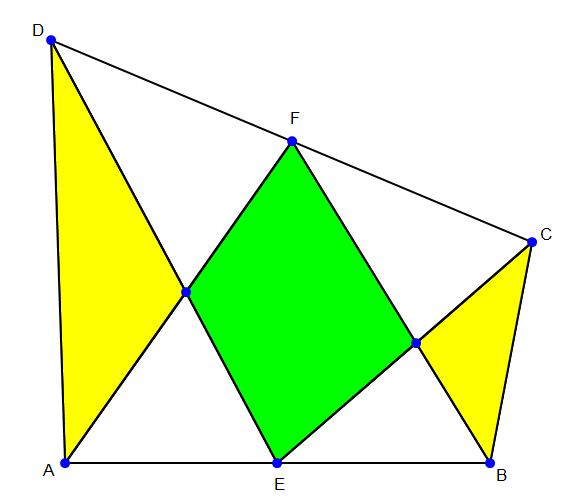
GeometryQuestion and Answers: Page 113
Question Number 15908 Answers: 1 Comments: 7

Question Number 15904 Answers: 2 Comments: 1

Question Number 15784 Answers: 1 Comments: 1

Question Number 15782 Answers: 1 Comments: 1

Question Number 15700 Answers: 1 Comments: 1

Question Number 15699 Answers: 1 Comments: 0
Question Number 15672 Answers: 1 Comments: 0
Question Number 15642 Answers: 1 Comments: 0

Question Number 15572 Answers: 2 Comments: 1

Question Number 15567 Answers: 2 Comments: 3

Question Number 16613 Answers: 1 Comments: 2

Question Number 15440 Answers: 3 Comments: 9

Question Number 15434 Answers: 1 Comments: 8

Question Number 15318 Answers: 2 Comments: 6

Question Number 15175 Answers: 2 Comments: 1

Question Number 15170 Answers: 2 Comments: 2

Question Number 15017 Answers: 0 Comments: 0
Question Number 14965 Answers: 2 Comments: 2

Question Number 14964 Answers: 0 Comments: 0
Question Number 15212 Answers: 1 Comments: 1

Question Number 14940 Answers: 2 Comments: 12
Question Number 14905 Answers: 0 Comments: 5

Question Number 14863 Answers: 1 Comments: 8

Question Number 14810 Answers: 0 Comments: 0
Question Number 14809 Answers: 1 Comments: 2
Question Number 14807 Answers: 0 Comments: 0
Pg 108 Pg 109 Pg 110 Pg 111 Pg 112 Pg 113 Pg 114 Pg 115 Pg 116 Pg 117
